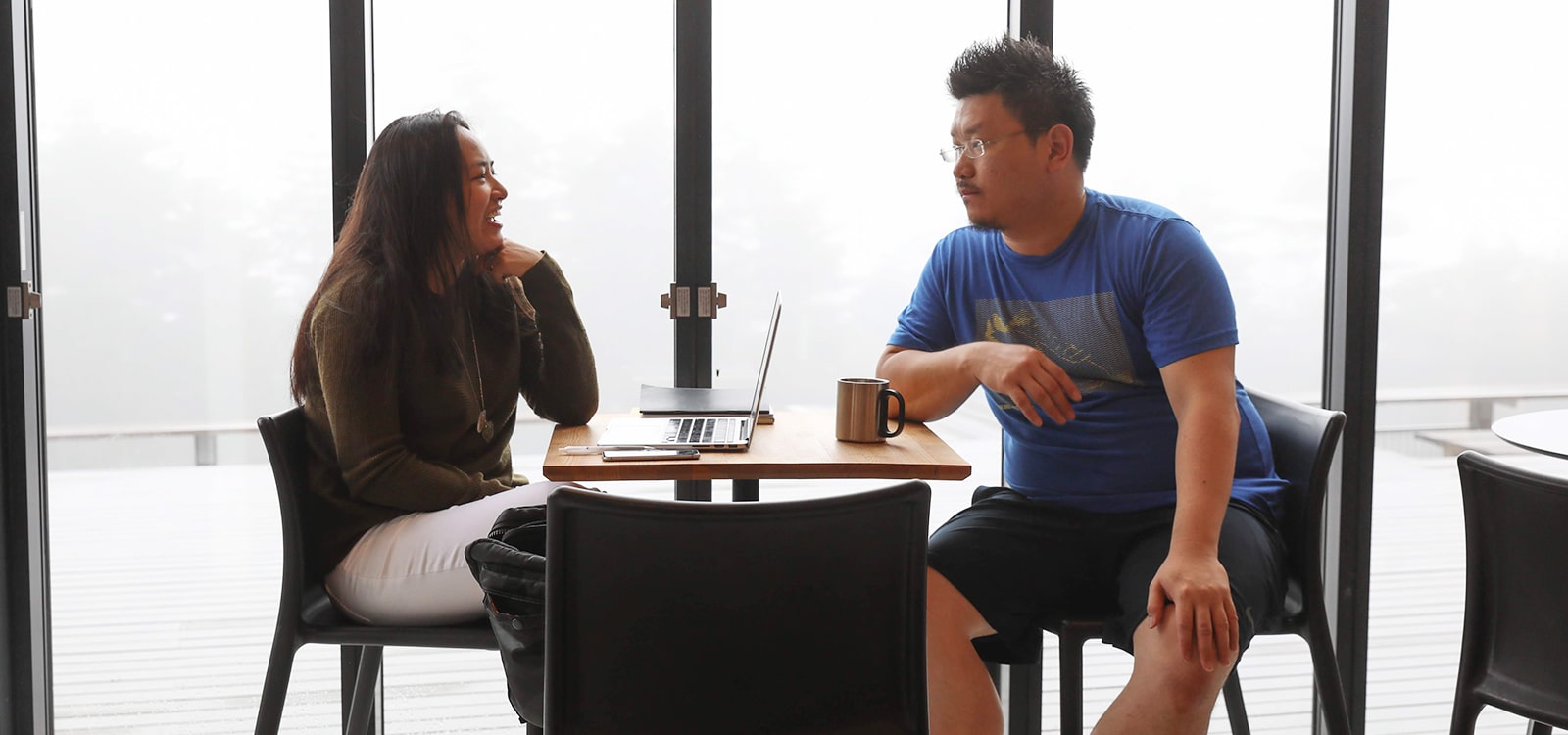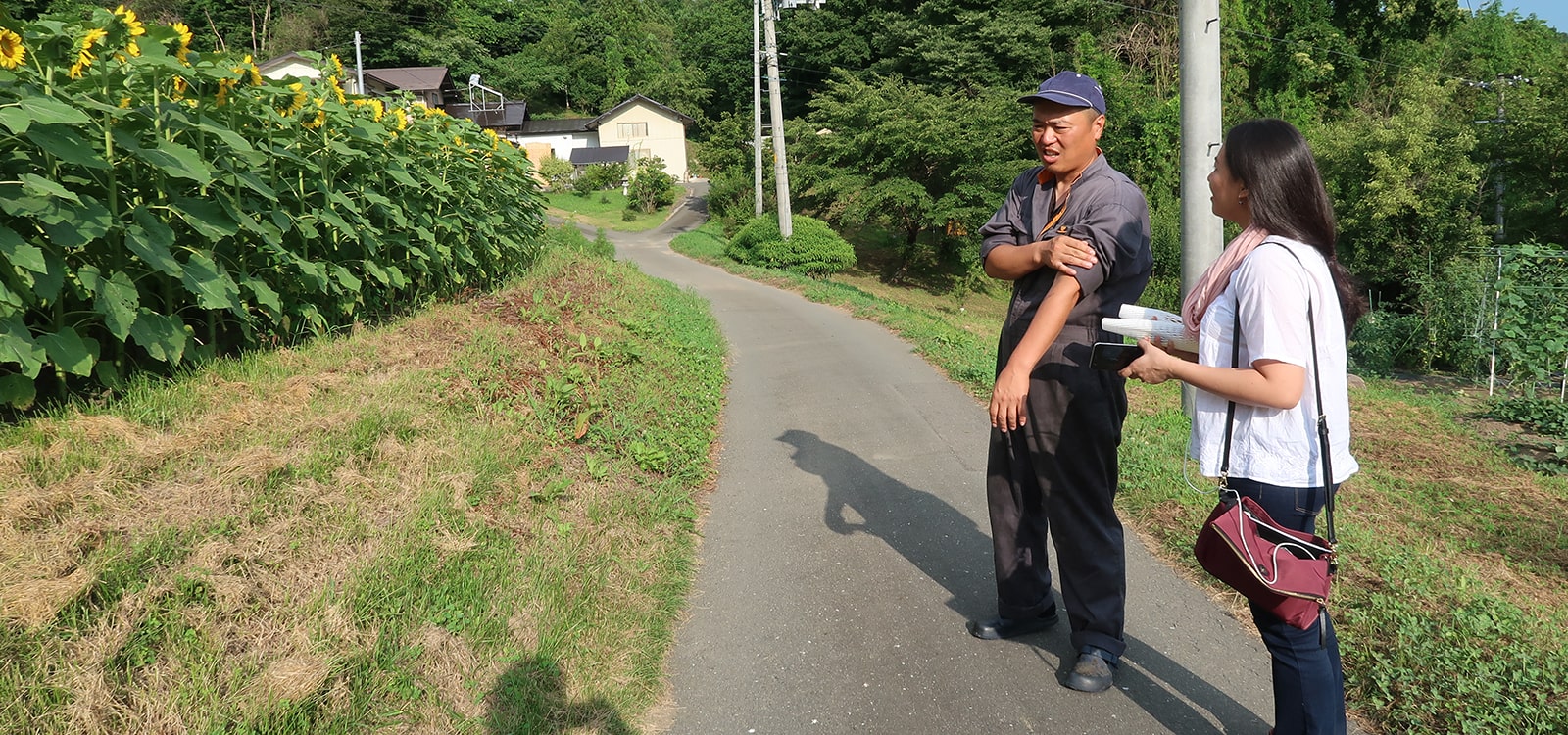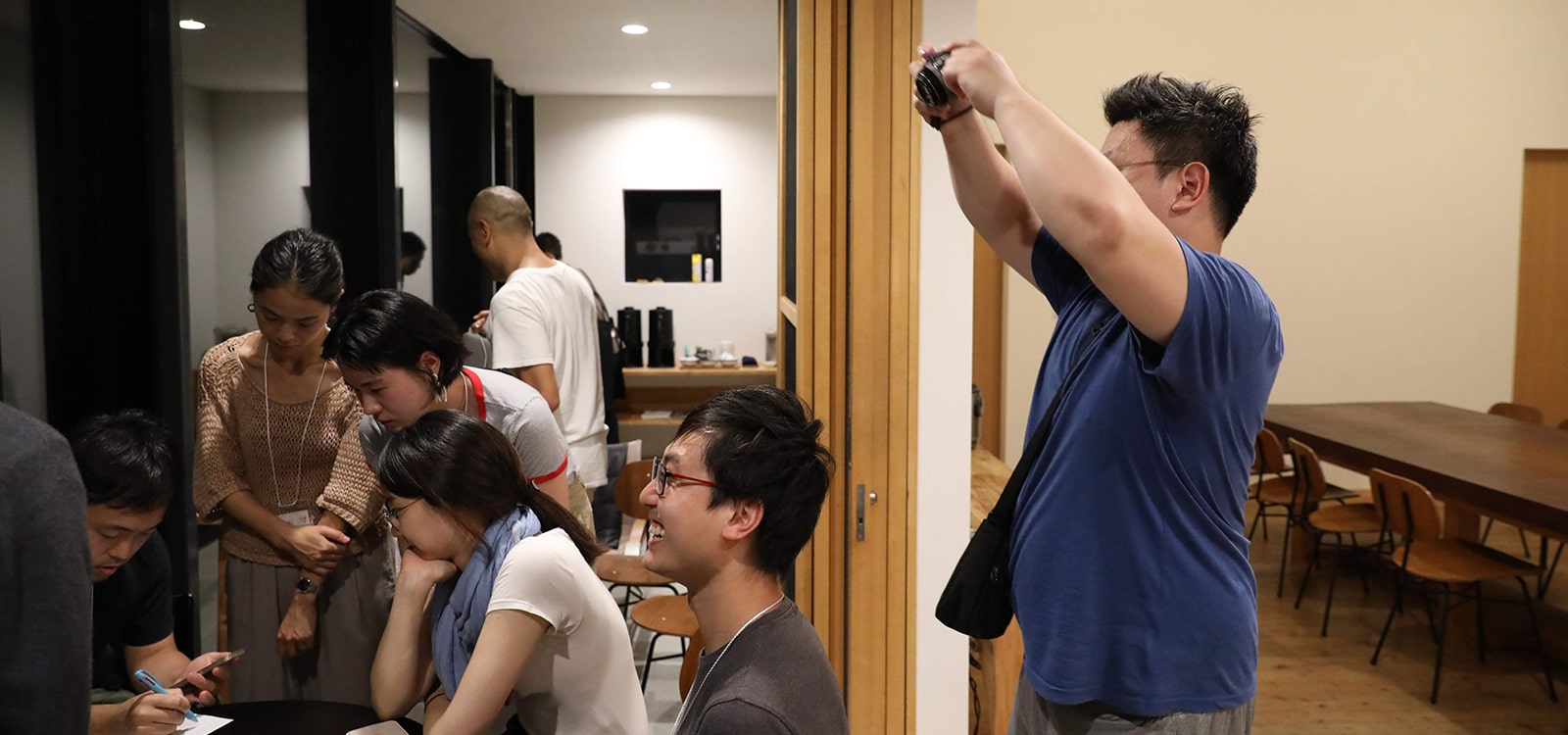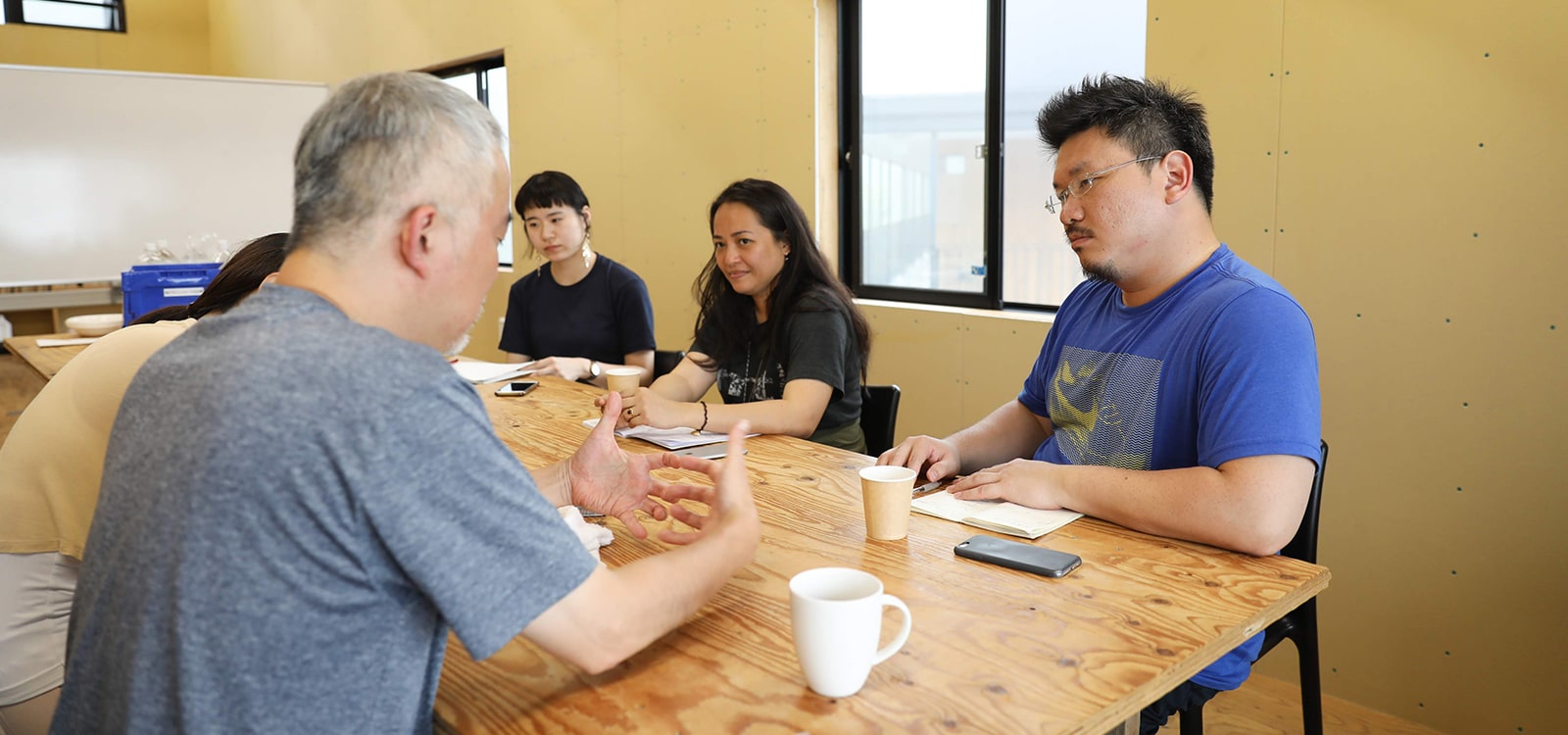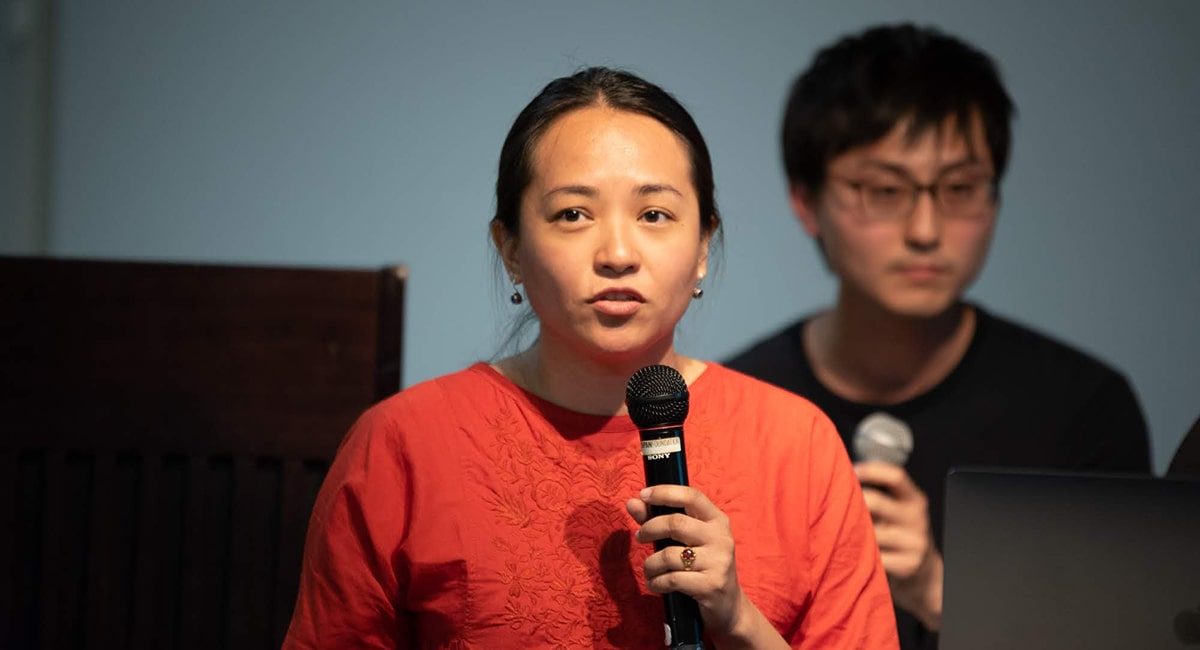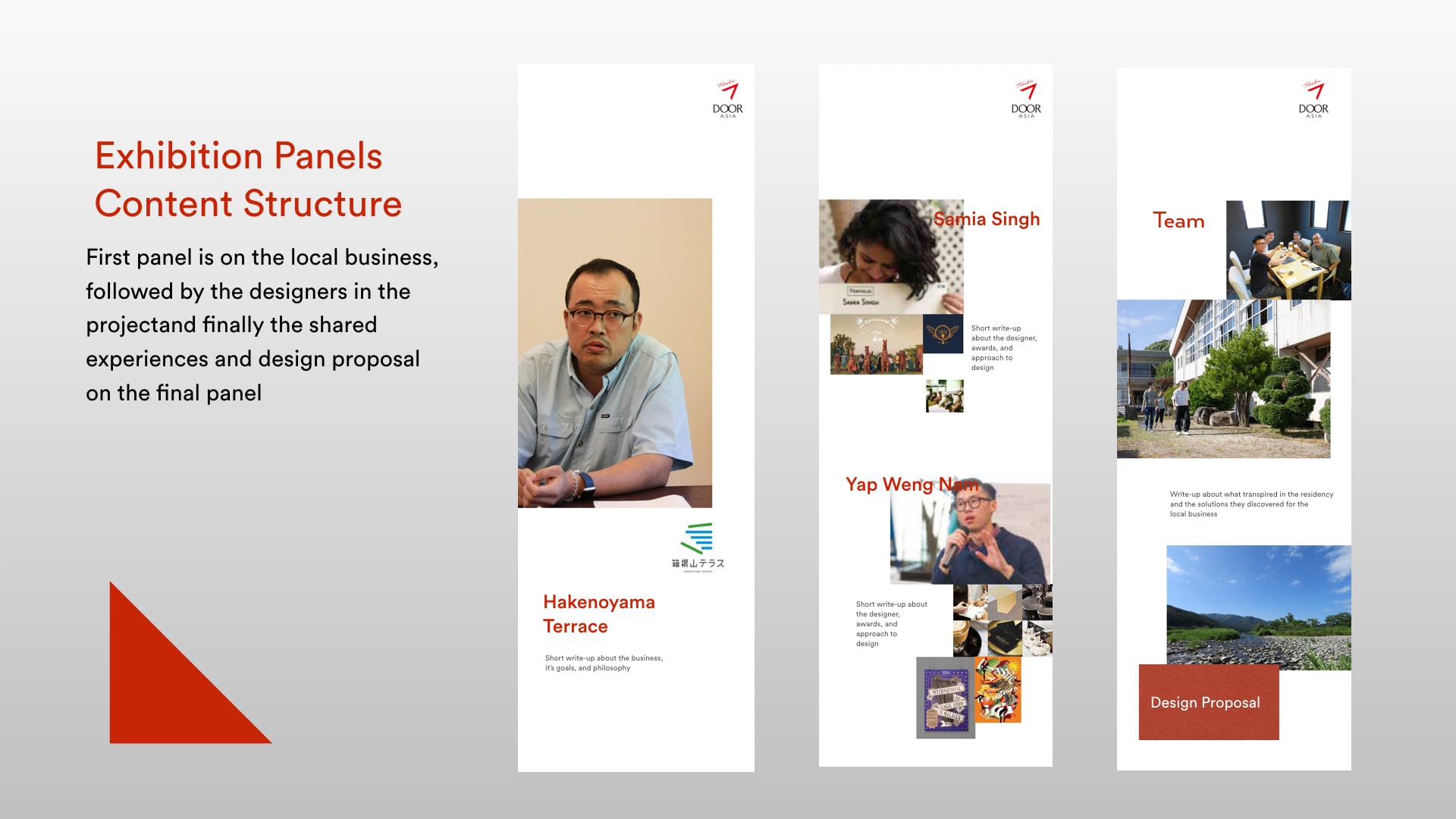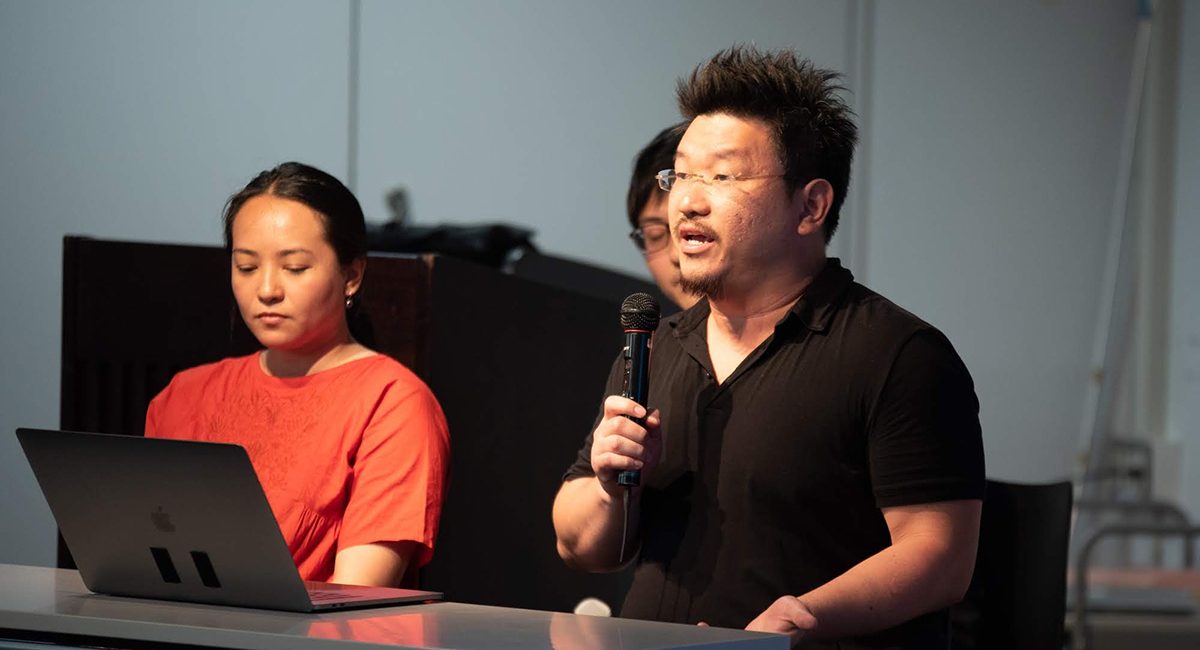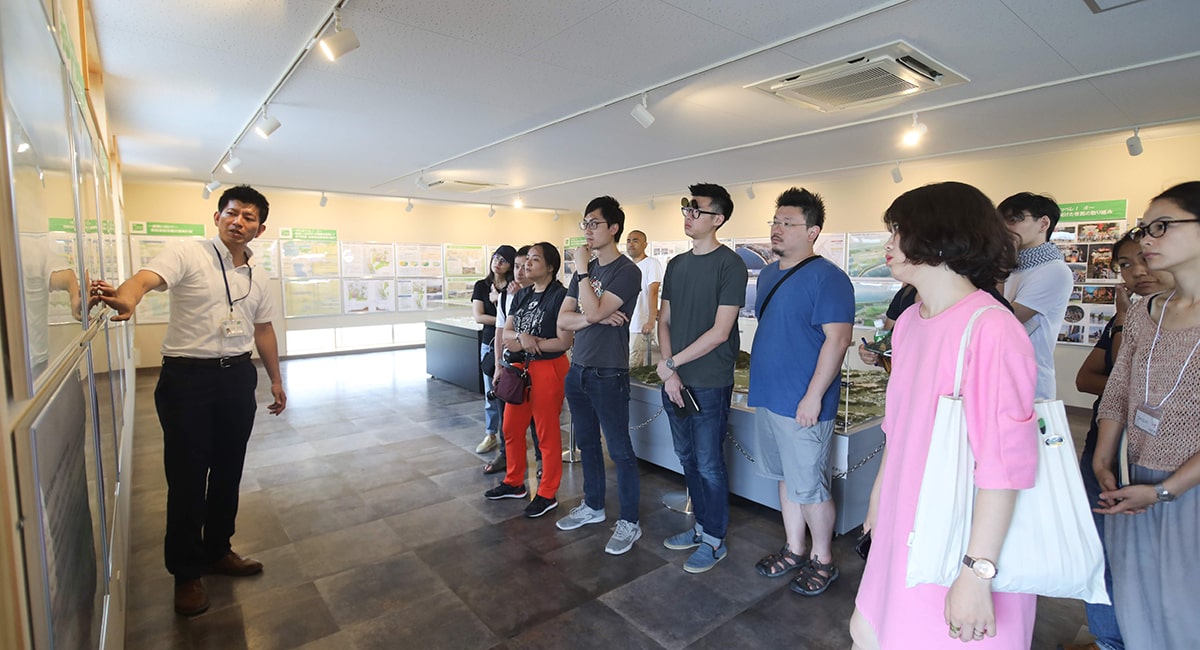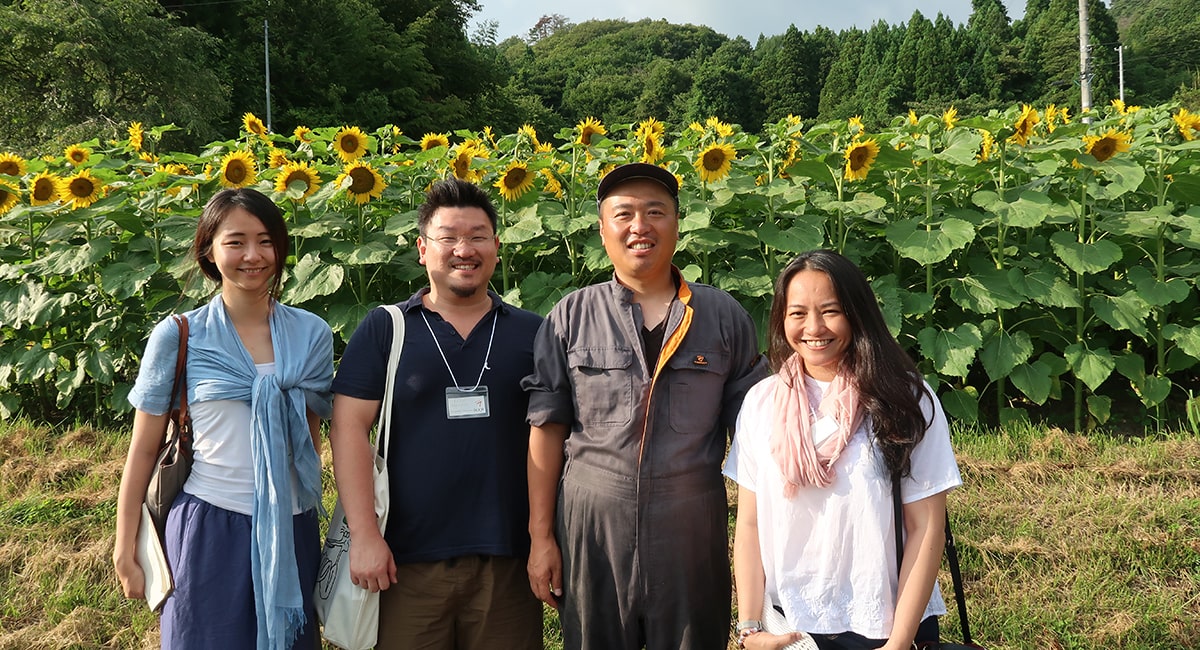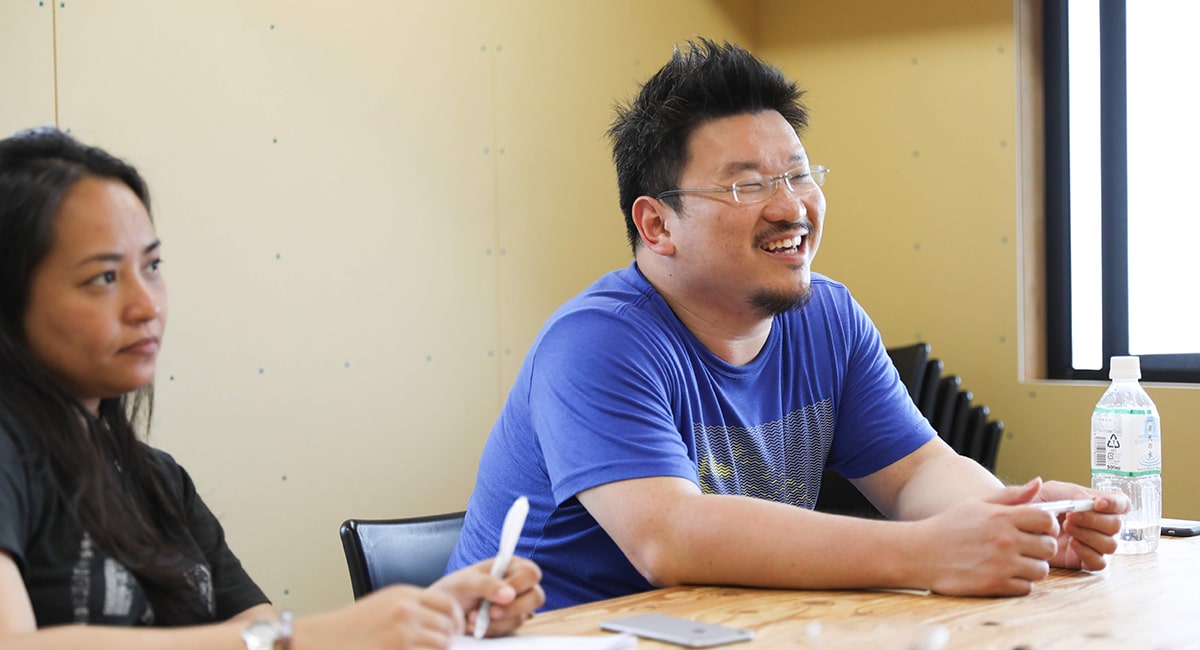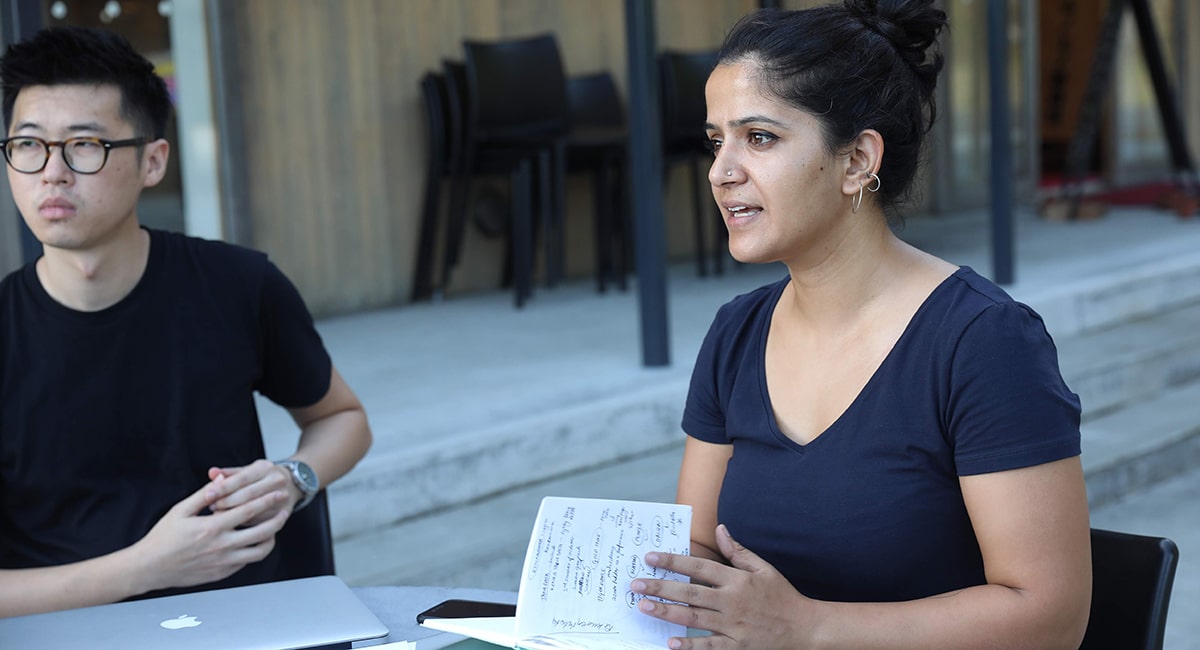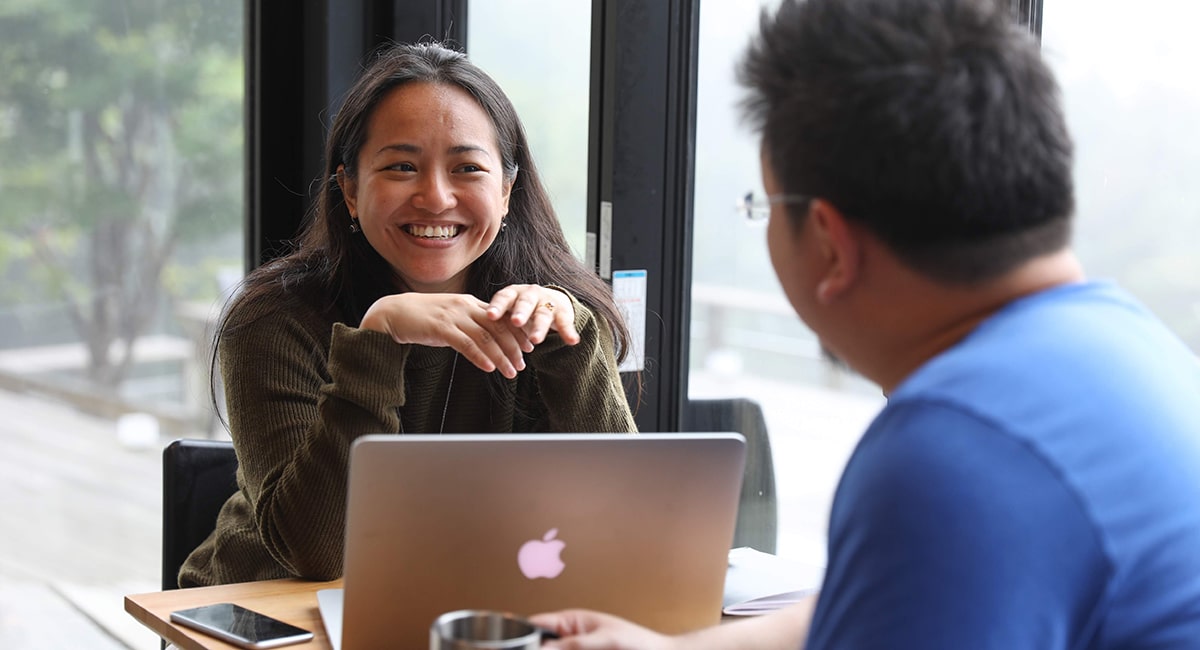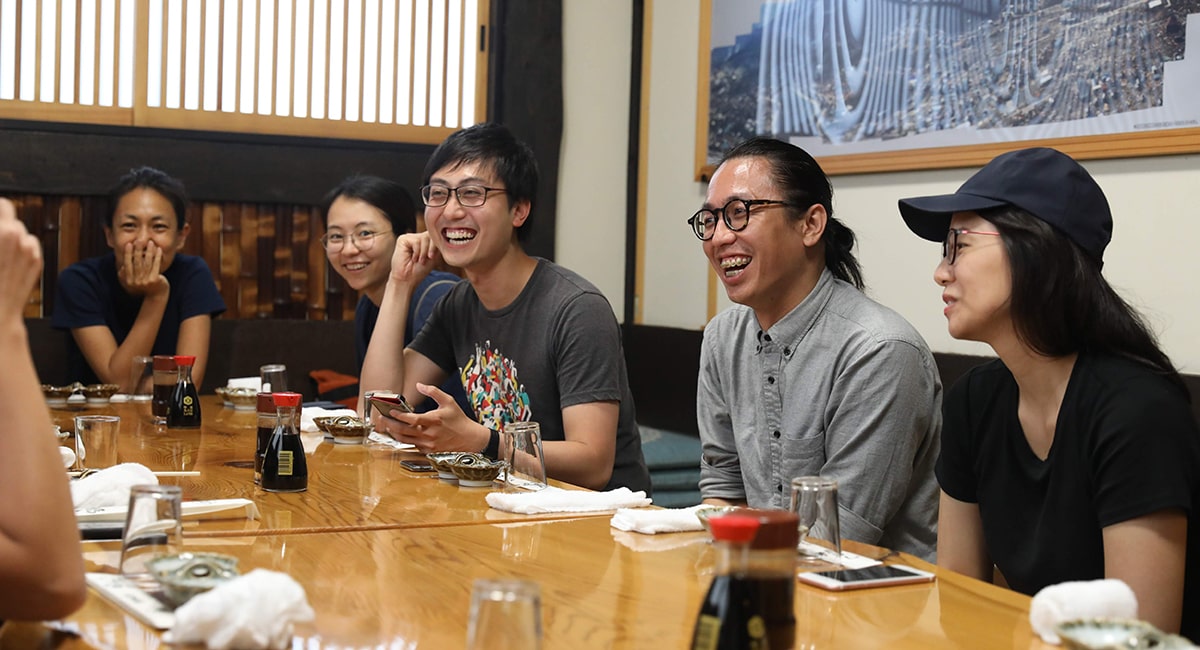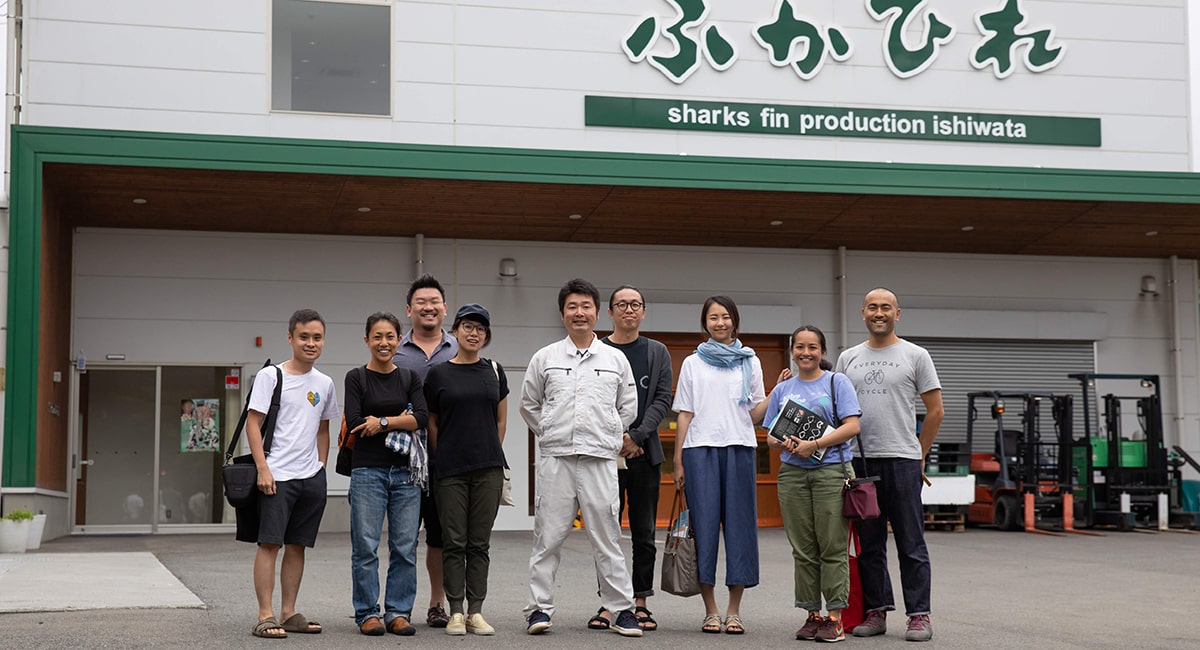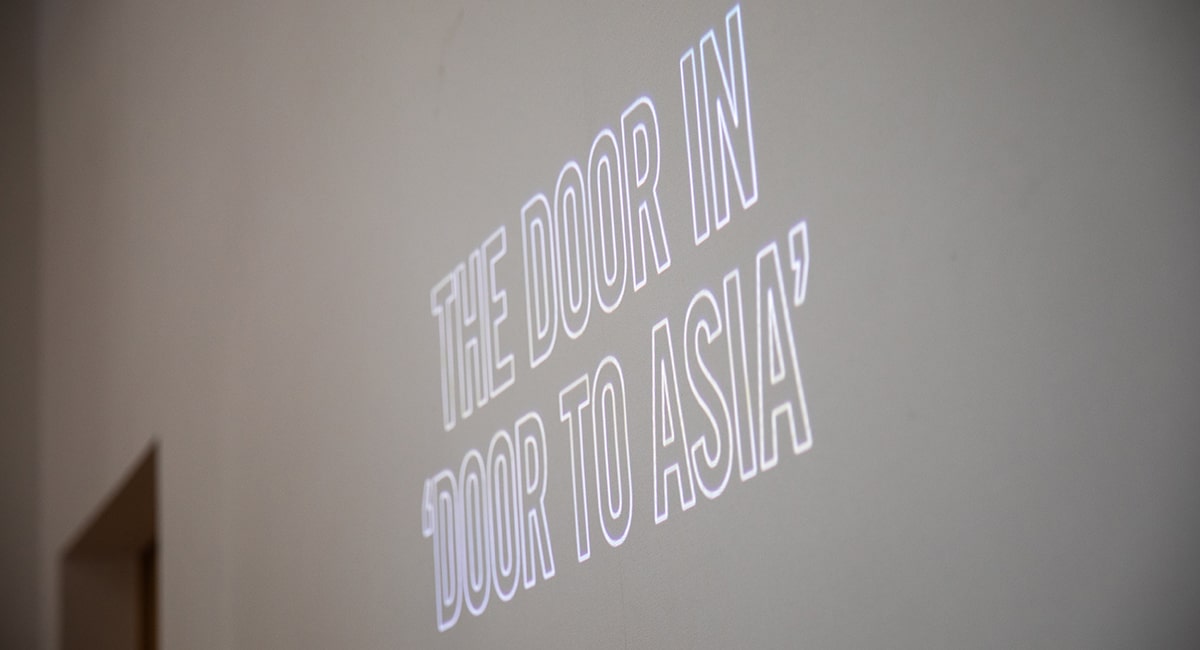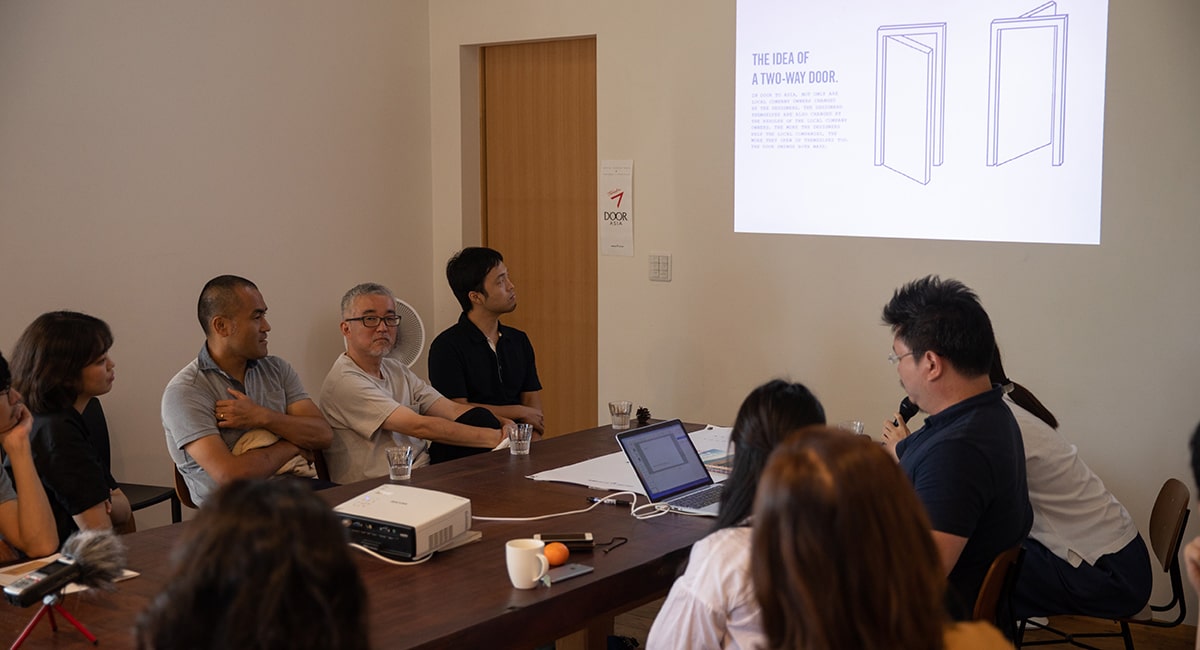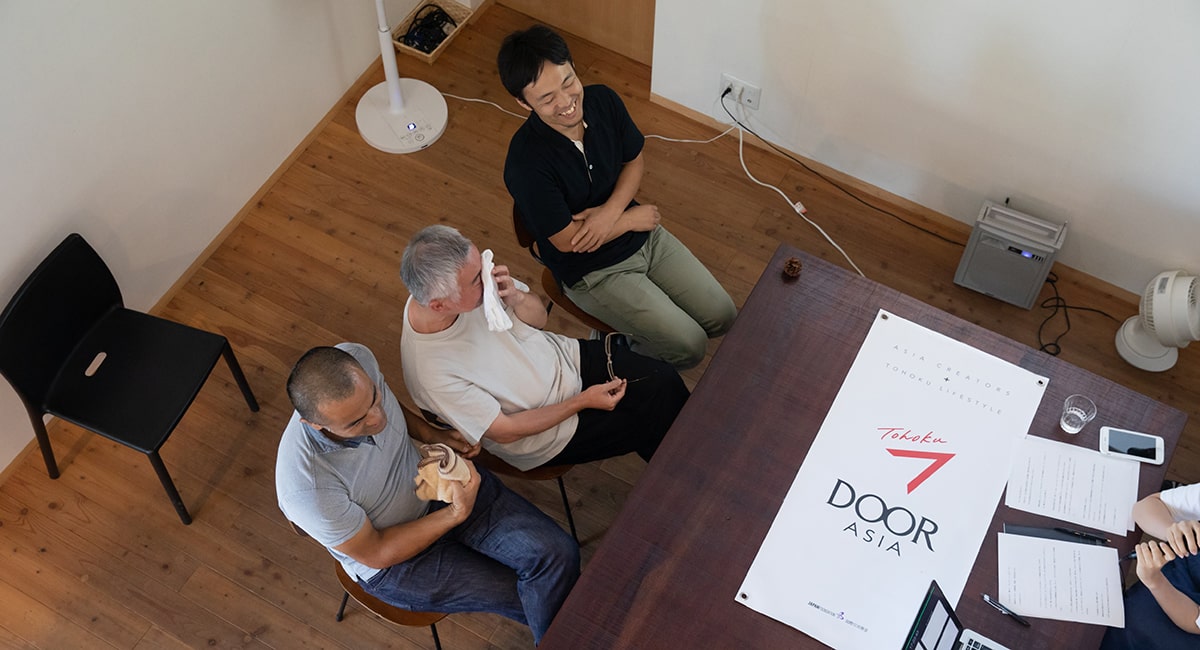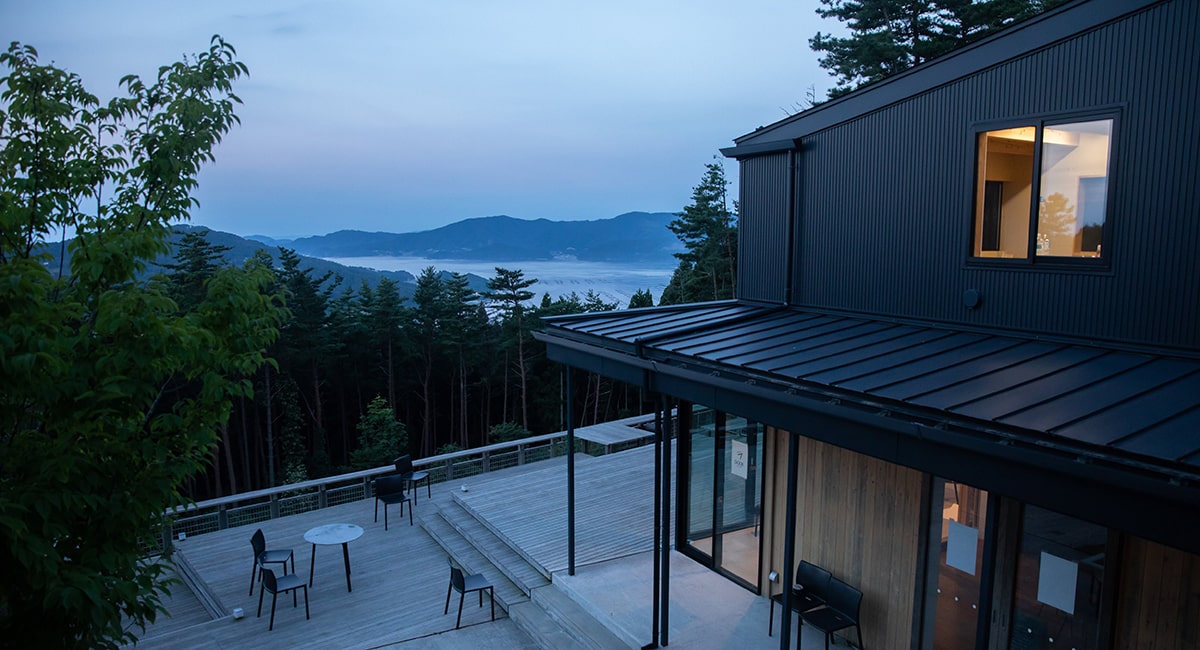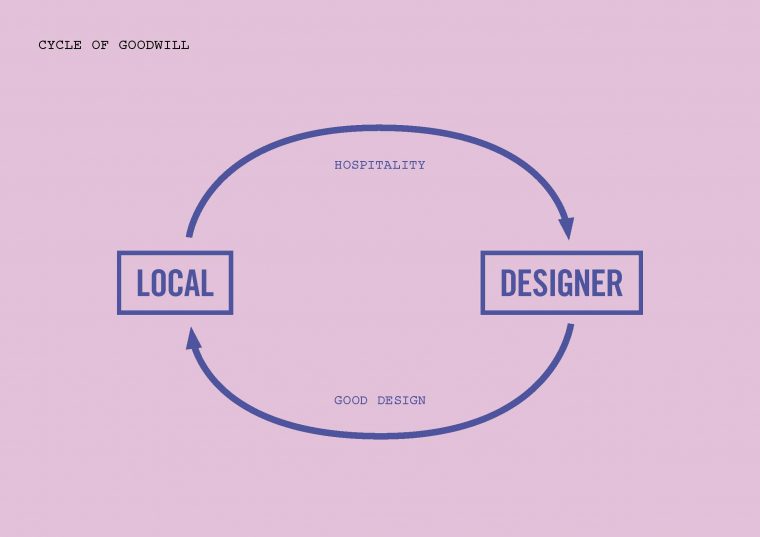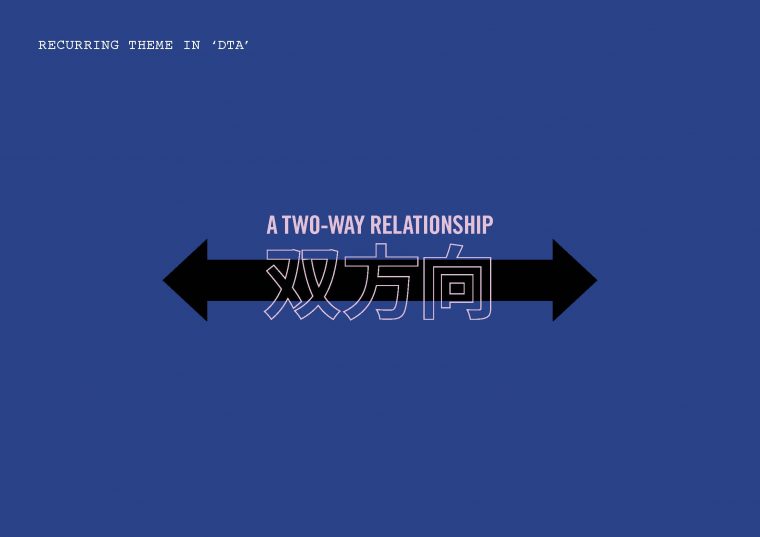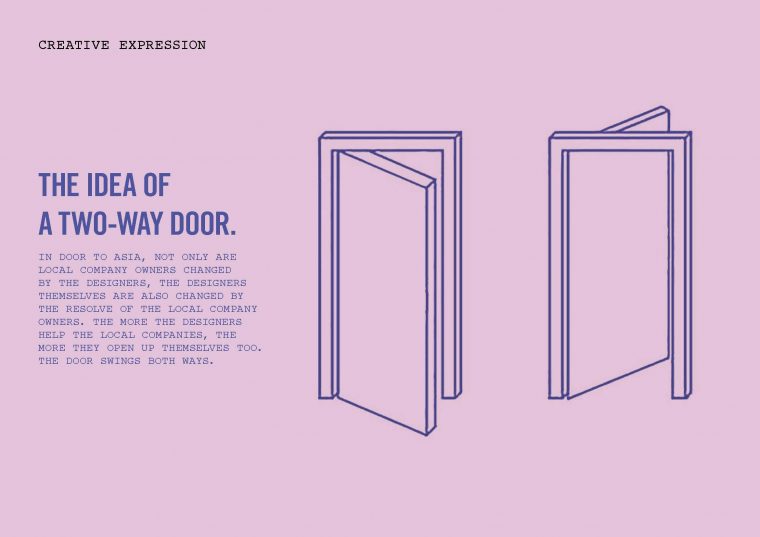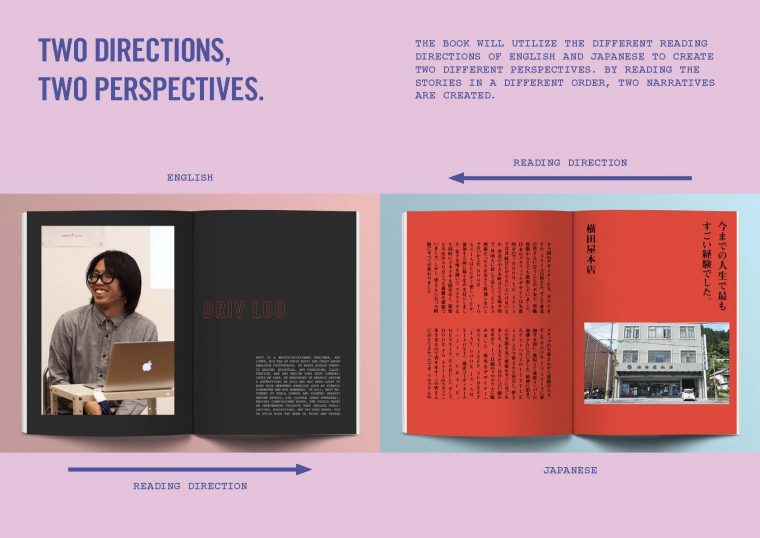Looking Back, Looking Forward
This year, I joined DOOR to ASIA to capture stories of our experiences in Tohoku, and eventually present an exhibition proposal about the program as part of my design residency output.
DTA’s main organizers are Yuichi Tomohiro, Mikiharu Yabe, and Masayuki Kato, each representing the stakeholders of the program. Yuichi, with his connection to Tohoku and relationship with local companies; Miki, with his connection to the design community in Asia; and Kato-san, bringing in his experience in organizing cultural exchange programs.
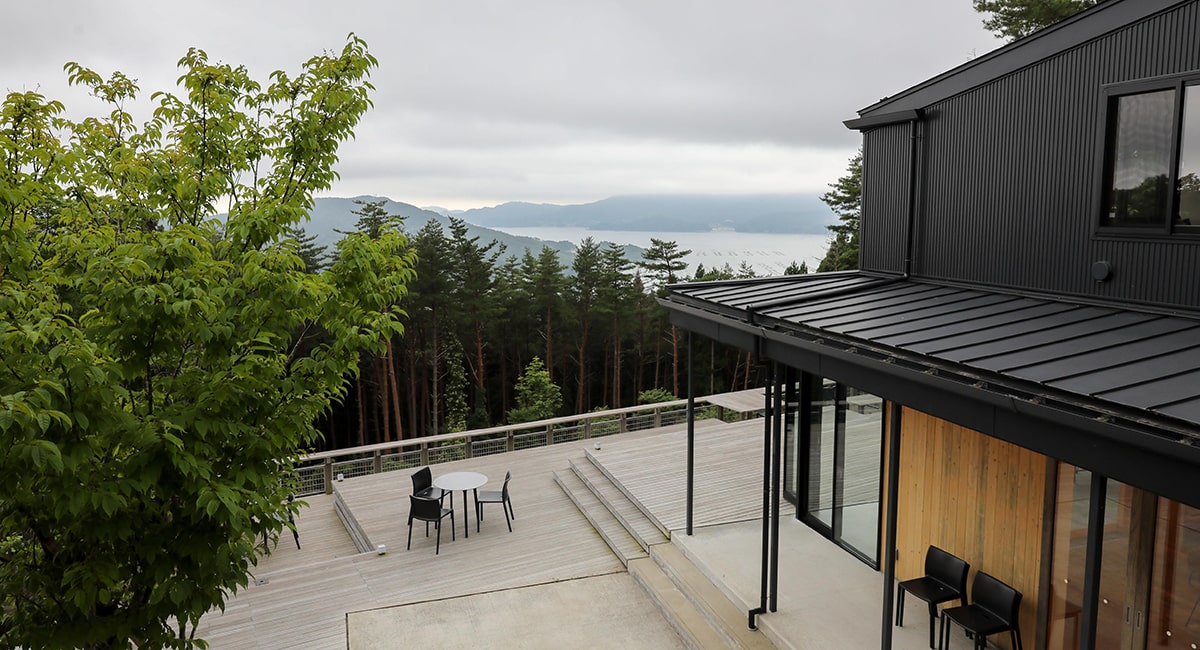
With our homebase in Rikuzentakata, Team DTA (me, Nelson Ng, and our coordinator, Jing Liao) ventured off daily for three days to visit companies located in the area and in the neighboring cities of Ofunato and Kesennuma. We had the opportunity of meeting this year’s batch of companies, as well as the companies that participated in the previous years.
From one of this year’s companies, Mr. Murakami, an employee of Suisen sake company, said at his introduction, “Our greatest fear was that if we couldn’t rebuild the company, that would just add to the long list of things lost by our customers.” They have since rebuilt the company and resumed operations after the factory was destroyed during the 2011 tsunami and earthquake. Designers Yuni (Korea) and Techit (Thailand) worked to reflect the company’s sense of connection to the community through a festival.
Designers Desiree (Taiwan) and Danis (Indonesia) shared how they encountered the skill of “knowing” with just a look into a person’s eyes from Mr. Onodera, and eventually relating this to his seafood processing business. Designers Samia (India) and Wengnam (Malaysia) visited places that mattered to Mr. Hasegawa, such as the river where he used to play as a child.
I also learned that not all designs were used by the local companies. Sometimes it took a couple of years, like the rapeseed and sunflower oil manufacturer who joined in 2016. It was only recently that he was able to start using the label designs for his bottles. One of the designers paired with him illustrated a story about his passion for work and family on postcards—currently lining the upper frame of his office window. For the owner of the milky oyster sauce product, DTA led him to the opportunity of learning more about Indonesia’s cuisine.
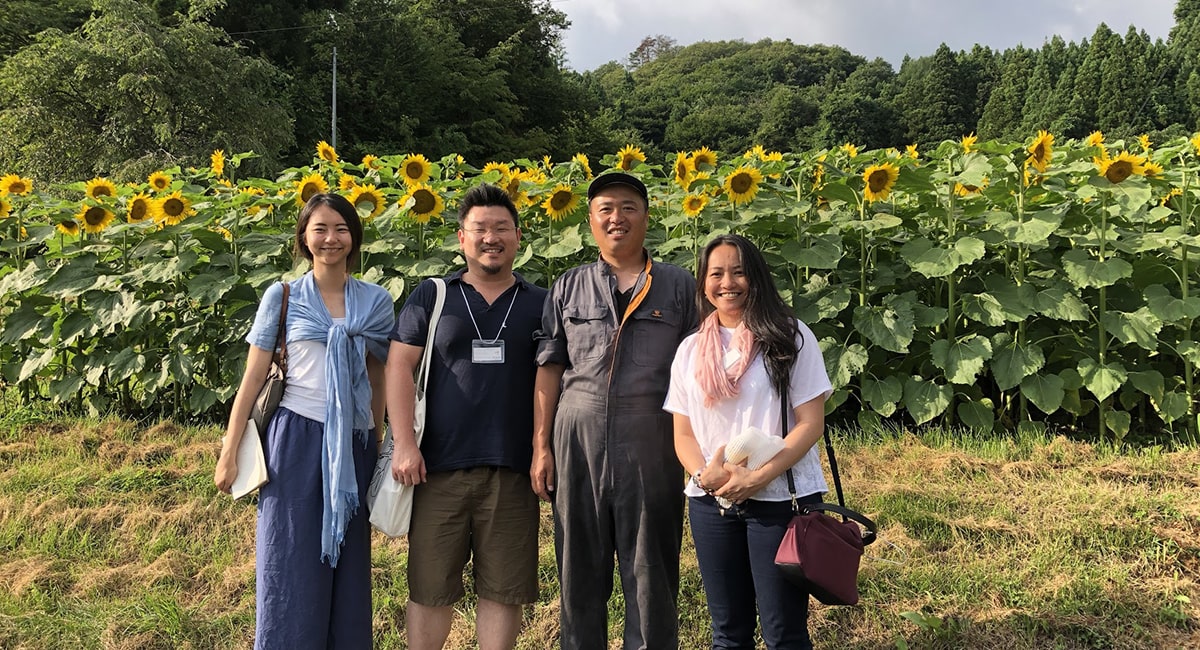
Each company in the program is different, with their own idea of growth and vision. But they were common in their passion for their products and their place in the community. Same as with the designers this year, I tried the best that I could to meet my company’s level of passion and help them imagine what the next step might look like.
Apart from the time spent with the companies, the program was even more meaningful because of our visits to the Rikuzentakata information center and the Rias Ark Museum in Kesennuma, the latter featuring a permanent exhibit on the documentation and remnants of what were left in the aftermath of the 2011 disaster. These helped me better understand how the disaster literally changed the landscape, altered the social fabric of these seaside towns, and how they are working to repair and heal these places.
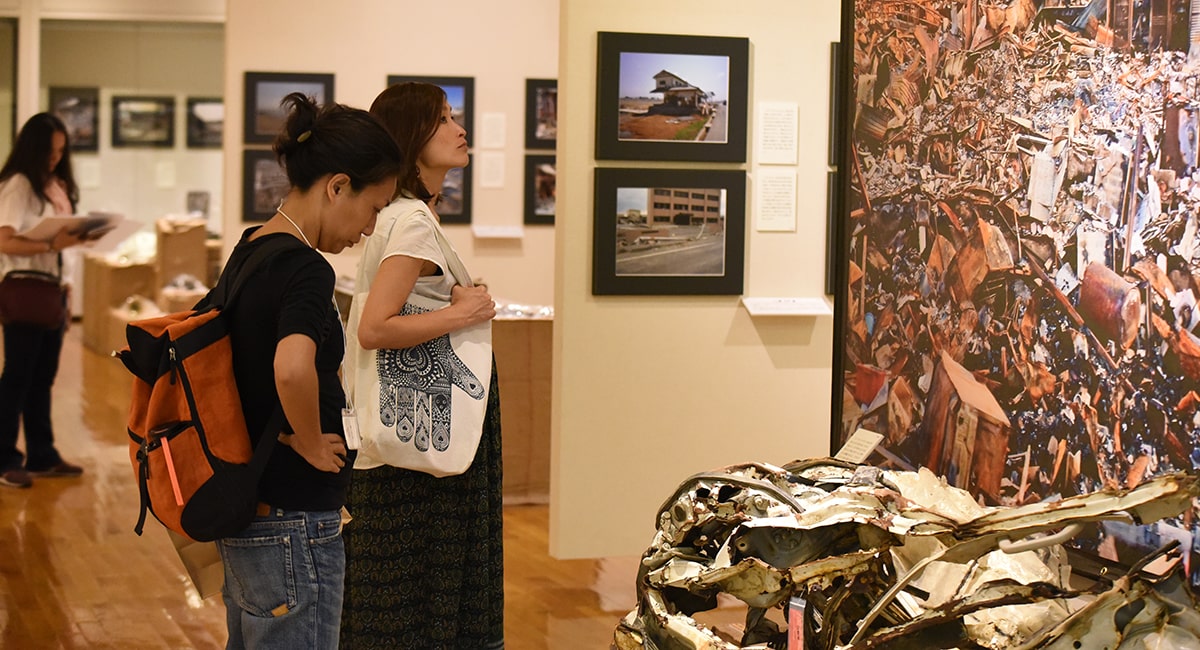
I welcomed energizing short breaks from too much thinking on my work, such as dropping by local shops for a quick snack, a morning meditation session, and having fun with the local children and their families through an art workshop followed by a barbeque gathering.

I wonder how Yuichi, Miki, and Kato-san imagined this program would evolve since it began with the first batch of designers and companies in the winter of December 2015. Prior to our trip to Tohoku, at the briefing session in Tokyo, they shared that developing friendship and trust was important for this program. I may have missed it then (even written on my notes!), but looking back, it was truly their friendship and mutual trust with the people of Tohoku that allowed me to move effortlessly and gain access to all these stories. I am thankful for this privilege extended to us.
The best moments in the program, for me, were the conversations with so many fascinating people—from the designers to the coordinators and staff—over a really good meal. It was in these moments that people were most relaxed, candid. After this experience, what will the next four years look like for all of us?
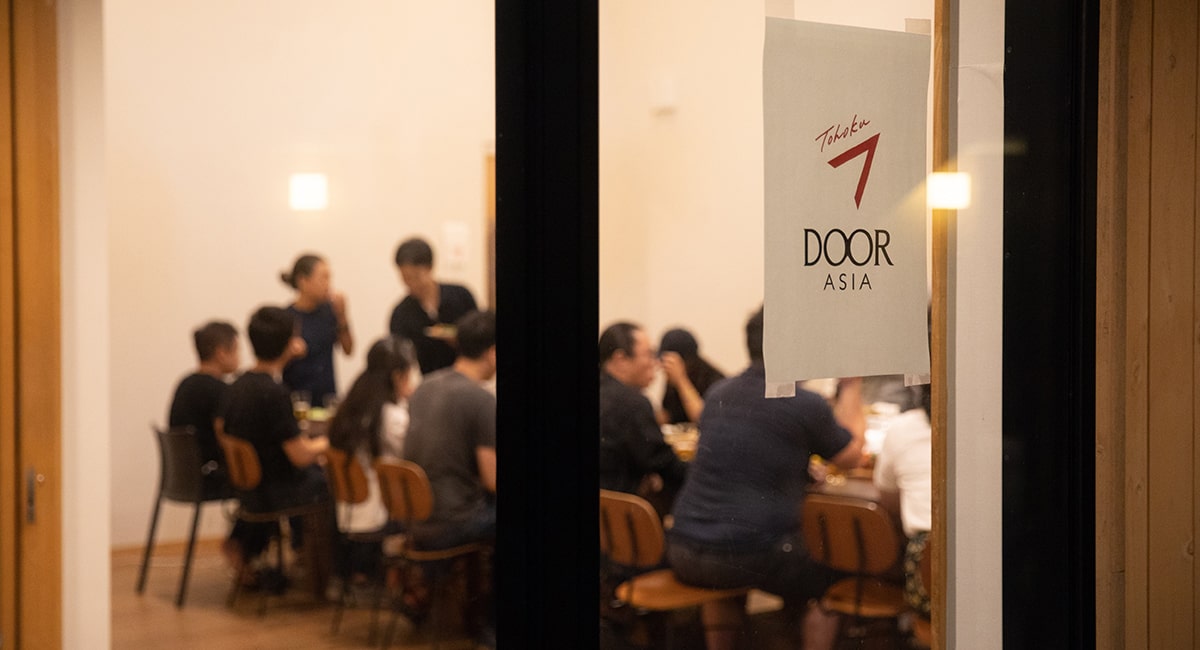
- Dang
